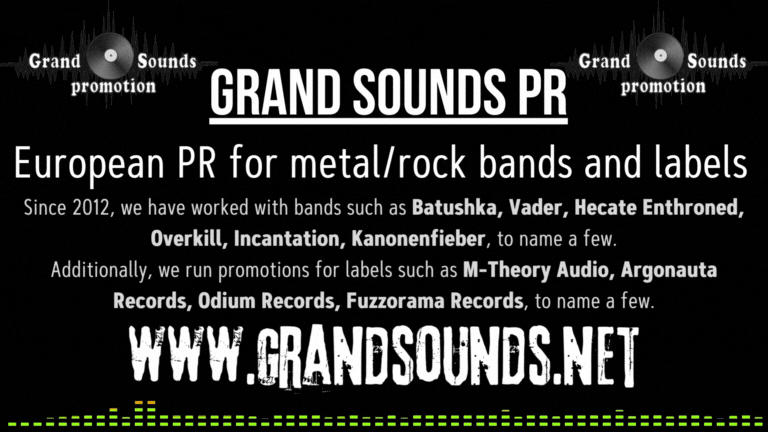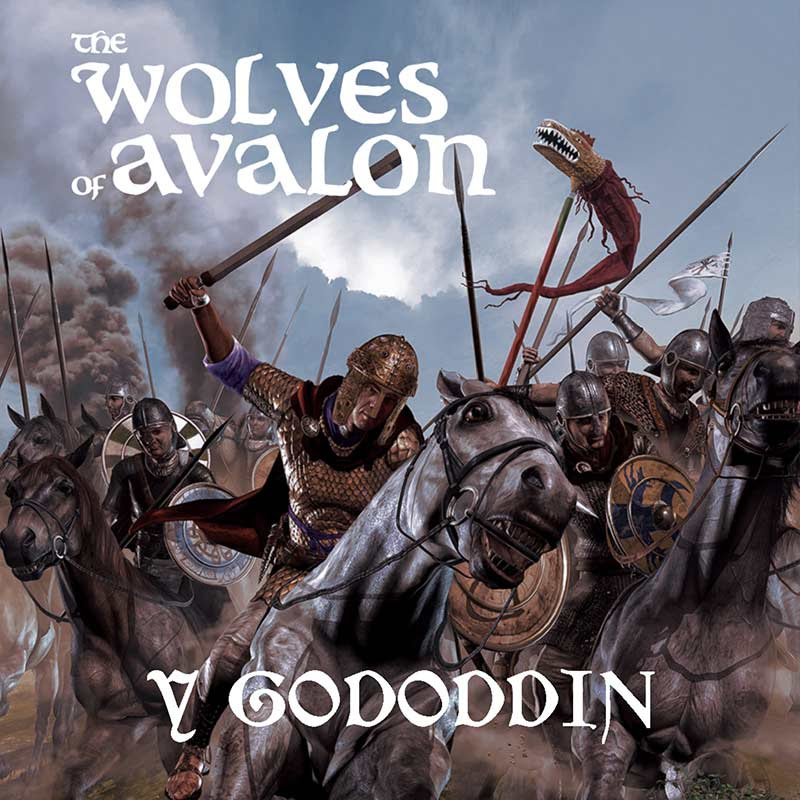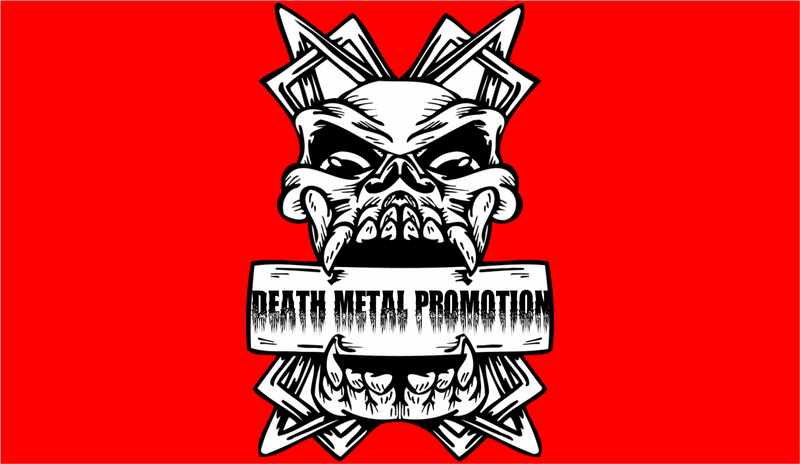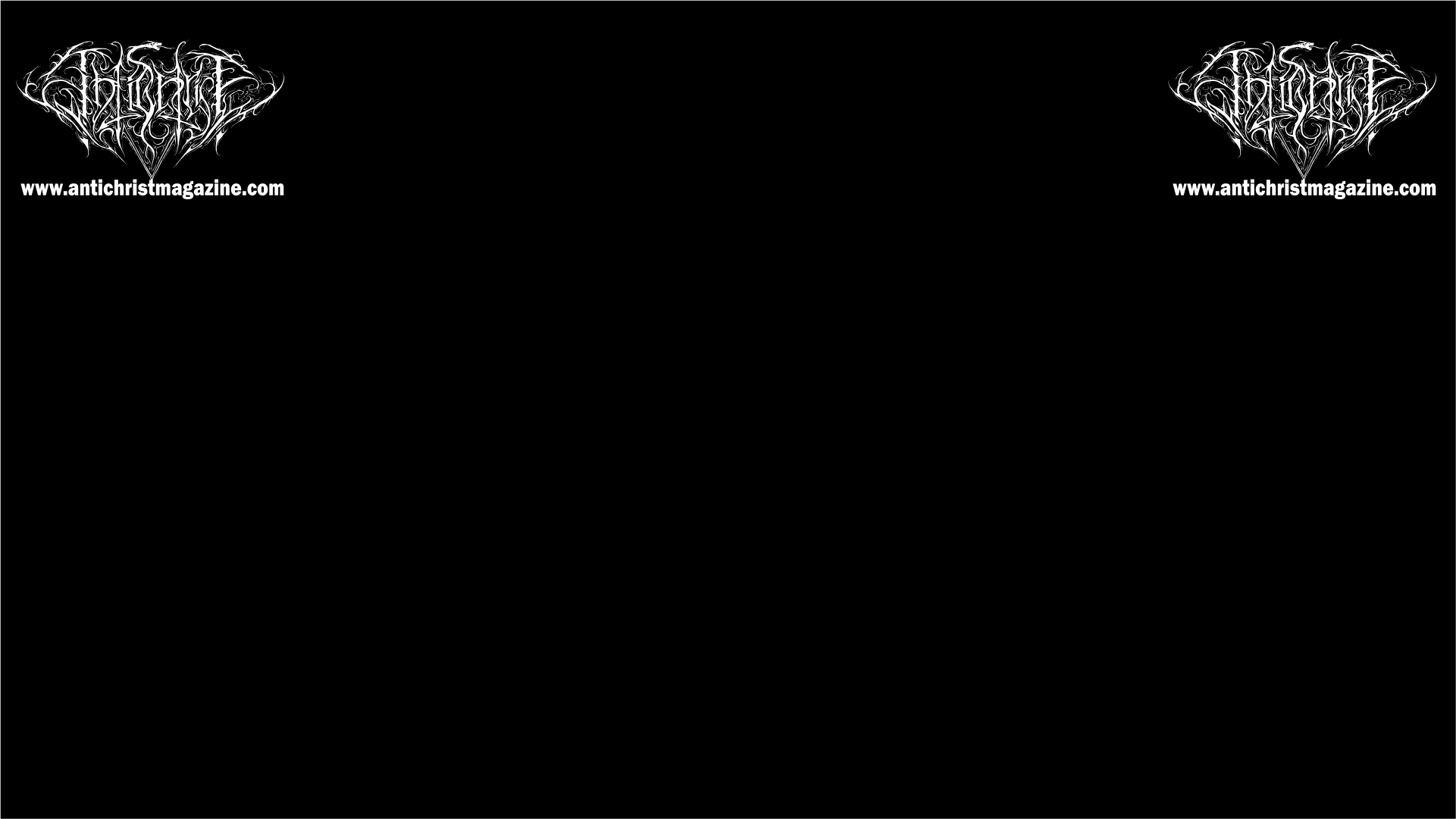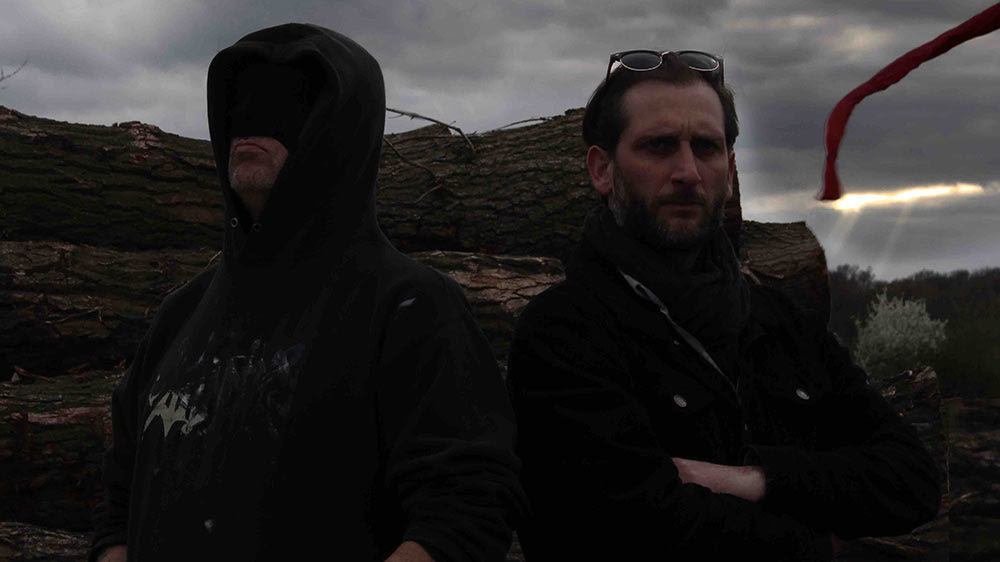 Hi! The Wolves of Avalon have a very unique sound that blends elements of pagan metal and British history. Can you tell us about your musical influences that led to the creation of this sound?
Hi! The Wolves of Avalon have a very unique sound that blends elements of pagan metal and British history. Can you tell us about your musical influences that led to the creation of this sound?
Thanks for taking the time to do this interview with us, we appreciate being featured in Antichrist Magazine. As far as musical influences go, they are broad. However, the band which Metatron and I have a great deal of mutual respect for is Bathory. Not only are they iconic, genre defining even, but bridge a lot of gaps between the styles which transcend black and pagan metal he and I enjoy the most. Some of my personal influences come from nature, OST and soundtrack music with usual suspects of Bathory, Emperor, Burzum and Darkthrone indeed playing a subconscious role having drawn me to this genre as a young man. However, since then, the template for The Wolves of Avalon has become our previous albums rather than music performed by others – seeking to refine our work is where my attention is keenly focused. You can find out more about what kind of music makes us tick in our ‘Black and Extreme Metal’ playlist on Spotify here.
Your latest album “Y Gododdin” is based on the historical battle of Catraeth. What inspired you to create an entire album around this particular battle and what kind of research did you do to accurately represent it in your music?
Metatron spent time researching the Gododdin, including the original medieval Welsh poem ‘Y Gododdin’, for which the album is based upon. It must be said that he did not write the lyrics based on any transcription from the original, but drew inspiration from it with embellishments extracted from his broader knowledge and understanding of war. The intention here is to reimagine the story of the doomed 300 riders, which is a theme frequently reappearing throughout history. Musically, I approached the writing with the story in mind, but yielding influences from well beyond the remit of the story to create what I believe a cohesive record to harbour the narrative.
You collaborated with some notable names in the Metal scene for this album, including Tony Dolan from Venom Inc., Hoest from Taake, and Thurios from Drudkh. Can you share with us how these collaborations came about and what they brought to the recording process?
The collaborations were decided upon based on where Metatron and I considered the guests would be best placed within the tracks to communicate, aid and embellish the story and style of the music to strident effect. Thurios in particular has featured on all bar one of our records and has become somewhat of a pillar of support across our body of work, which I’m particularly proud of as I’m a great admirer of Drudkh’s creative output since their inception. I think the results speak for themselves and the dynamics all the guests provide are testament to their abilities – a real privilege.
“The shining company (feat. Thurios | Drudkh)”. Can you tell us about the concept behind the video and how it complements the music?
The shining company, metaphorically speaking, refers to the armour of the combatants. Within the parts of the British Isles the story of the Gododdin takes place, the Aurora -Northern lights – is a familiar sight, and with it the mythology of the spirits of heroes who have died in battle. I decided to use these elements parallel to each other, set amidst the wild and hardy natural setting which this story takes place.
The Wolves of Avalon’s music often incorporates historical storytelling and mythology. What draws you to these themes and how do you go about incorporating them into your music?
The ambition for the lyrical narrative of this band is embedded within British history, folklore and the name of our band itself. It has been that way since the start and will continue to be for the foreseeable future as we see no reason to deviate from this theme. The draw for us personally is that we believe the retelling of these stories is fundamental to keeping them alive. This runs very much in tandem with our love of the ancient and natural world which stylistically fits comfortably into this genre of music.
The album features a limited run of 500 black & white splatter vinyls. How important is the physical format of music to you as a band, and how does it affect the overall experience of listening to your music?
We are traditionalists and frankly we feel that come the day there is no requirement for a physical release at all, where will that leave the art of music, let alone ours? This presents a very real issue for us and other independent/underground artists when deciding to commit an album to a physical format. This can be made more complex by the fact that the most devoted collectors, on which the scene relies, will often collect in one format and not others. It is for this reason we elected vinyl, which is heralded as the most desired physical format amongst music fans like ourselves. We also felt that it would lend well to the more immersive listening experience that we believe our music and style is befitting.
With that said, we have yielded to preserving our ‘digital future’ and you can now find us on Spotify since 2022 and welcome support on there, which you can do so at this link here. Most of all I would like to take the opportunity to thank everyone has taken the time and their hard-earned money to support us in the purchase of a vinyl record, it’s greatly appreciated.
The Wolves of Avalon have been active since 2011. How has your sound evolved over the years and what changes have you made to your approach to music-making?
I would say that in many ways the creative process is the same, but what has become more refined is the means of which we realise it. At the time of our first album, I had never undertaken a project comparable to this in terms of working with guests and folk musicians, which involves a considerable amount of correspondence in order to communicate the bigger picture without having an existing template or face to face contact. Furthermore, the production equipment I had available at the time was very rudimentary with the first album being recorded on a hard disk recorder, laptop, headphones and a few SM 57 microphones. With our record ‘Y Gododdin’ I was able to hire a studio suite to record drums, use Diezel amps, a powerful Mac and some trusty Adam AX 5 monitors… Nice!
The album features five brand new tracks. Can you take us through the songwriting and recording process for these tracks, and how they differ from your previous releases?
As I say, the process has more or less remained the same, but starting with a blank canvas I often find moments of inspiration from the natural world, out on walks where I’m immersed in an organic setting, calm and undistracted. This feeds ideas which originate more often than not by humming an idea into my dictaphone, be it a melody, drum pattern, riff or otherwise. When I bring those ideas back into my studio, ill flesh them out to create cohesive sections, fills, breaks, key changes, sometimes transposing a lead guitar line for a violin or vocal melody and so on and so forth. It’s hard to quantify exactly what ideas will satisfy my musical temperament, but when that sensibility is fulfilled, I know the bedrock of the track is complete.
“Y Gododdin” is being released exclusively through Godreah Records. Can you tell us about your relationship with the label and how it has contributed to the success of the band?
Godreah Records originally started as a Black Metal zine and distro in the mid 90’s and is now a label perhaps most attributed to our singer’s other band The Meads of Asphodel. I first had contact with them around 2000 as a fan, but didn’t discuss the forging of The Wolves of Avalon until 2009. All of our albums have been released by them with the exception of the ‘Die Hard’ single which went out on Eternal Death records. Any of our relative ‘success’ is testament to our work and creative output I would suggest. However, the heritage of the Godreah name has provided opportunities in respect of the fantastic guests who feature on our music, and indeed funding to realise the physical releases we are so proud of.
The album features guest appearances from Wulfstan (Forefather) and Nico Millar (Aklash). Can you share with us how these collaborations came about and what they brought to the recording process?
As mentioned, it was through the label that the introductions were made based on discussions we had, and who could be most suitable for each of our songs. The result is the aforementioned guests whose calibre of creative talent and contributions need no introduction.
The Wolves of Avalon often incorporate traditional instruments like the violin into their music. How do you approach incorporating these instruments into your music, and what effect do they have on the overall sound?
These elements are fundamental to painting a picture in the mind’s eye of the world we seek to portray, as for us, simply writing a ‘metal’ song alone does not communicate this. As I am not a violinist or folk instrumentalist I will create melodies, be it on a piano or guitar, as a guide within earmarked sections of each song which they are to populate and share them with guests. To me it is also vital that the guests include their own mark on the performance, as not being able to play those instruments myself presents academic barriers to what is achievable and practical. When complete, the result I believe is one where the old and new world converge, immersive of both the story and time it is set.
Your music has been described as “atmospheric pagan metal.” Can you tell us about the importance of atmosphere in your music and how you go about creating it?
This genre moniker, as it were, felt the most practical means to communicate in words the listening experience we wish to create. Conversely it may well mean many things to many people, I would suggest that the ‘atmosphere’ is provided by our organic drum recordings, folk instruments, choral vocals, keyboards and guitar effects I use inspired by progressive rock, classic Black Metal and electronic inflections in our music. What goes without saying is that the ether and lyrical themes we work with are ones which conjure an ancient pagan and natural world in a time of spells, warriors and mysticism – Have we succeeded? You decide!
What’s next for The Wolves of Avalon? Are there any future projects or collaborations in the works, and how do you see the band evolving in the future? Thanks!
To those who may already be familiar with our music, you might be pleased to hear that work has already begun on what I believe will be another full-length album. One thing I have learnt not to do is assume when a release will see the light of day, especially at this point when production is still so early. However, listening to the current collection of demos I’m working on, I am confident to suggest that if you like our previous four albums, this fifth will meet expectations.
If you really would like to support Antichrist, you can just Share our article.
You can also support Antichrist by sending a couple bucks to cover some webhosting expenses. =>> PayPal
